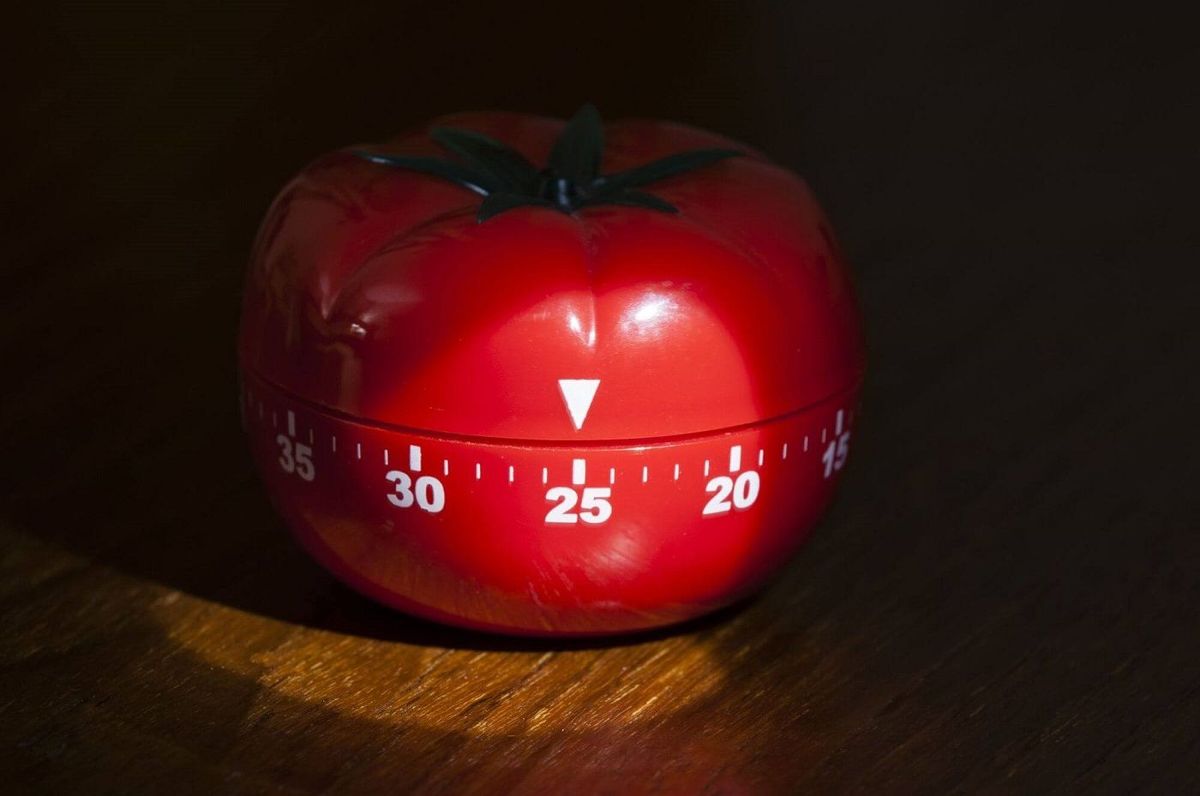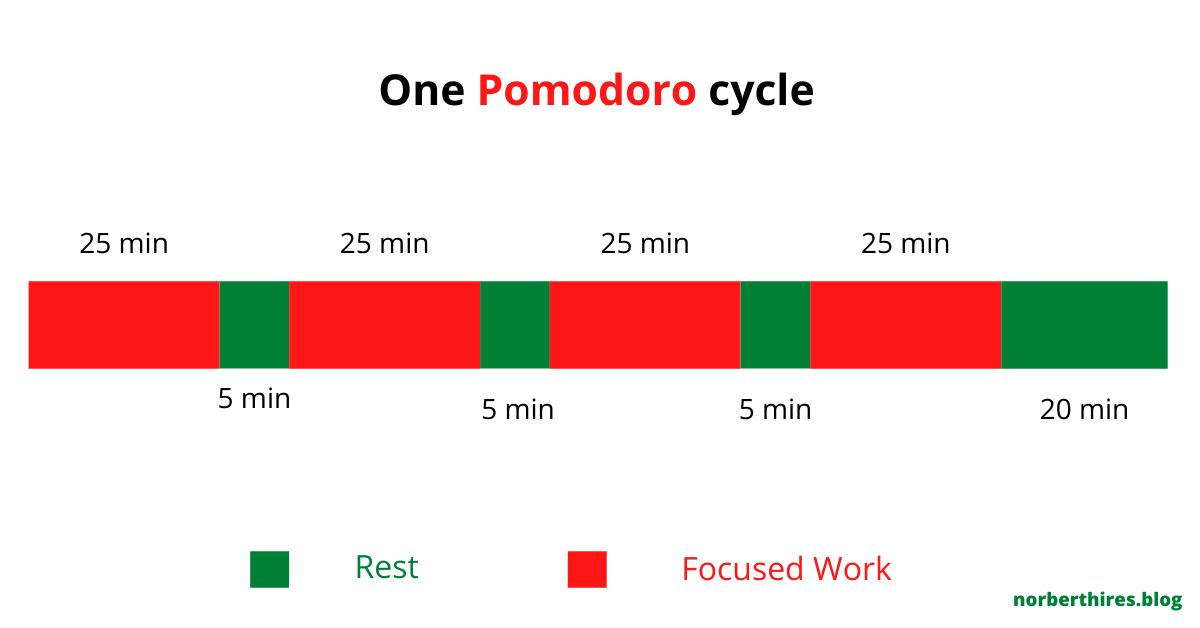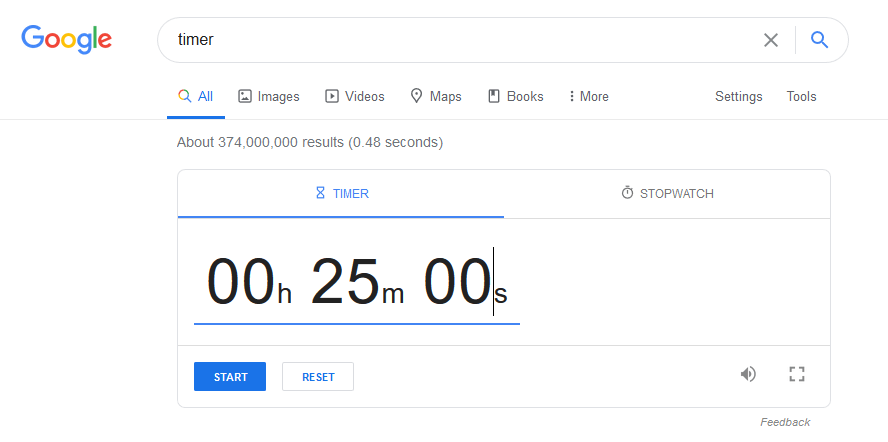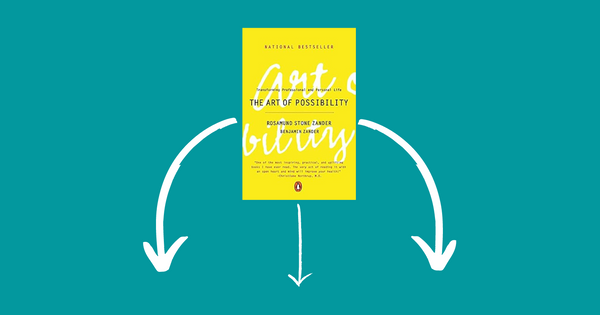Pomodoro Technique - Why it works and how to use it?

The Pomodoro technique is a popular time management method that helps eliminate distractions, encourages focused work with its short sprints, while its planned breaks ensure that we work sustainably rather than managing our energy.
When I first read about the Pomodoro method, I thought it was total nonsense. What would a few minutes of planned break change? Additionally, I didn’t need an interruption like this at most of my activities, I was often in a flow state and the timer would have just held me back.
Later, my enthusiasm for previously passionate projects faded. There were things to do that were in the I don't like category. Administration, invoicing, bidding, inbox zero. In the meantime, social media has grown tremendously and I’ve been hanging out on my phone for more and more time.
That’s when I gave the Pomodoro technique another chance.
What is the Pomodoro technique?
The Pomodoro method was developed by Francesco Cirillo in the 1980s. Then College student Cirillo had problems concentrating on his studies and passing his exams. Instead of committing to an awful amount of learning, Cirillo only asked himself to devote 10 focused minutes to learning.
He found a tomato-shaped clock for the challenge and the Pomodoro technique was born. In Italian the word Pomodoro means tomato.
The Pomodoro technique is a cyclical time management method. You work in short sprints, which encourages continuous productivity. Scheduled regular breaks help you stay motivated, protect your creativity, and allocate your energy efficiently.
Who can benefit from the Pomodoro technique?
- Creators: Virtually anyone can benefit from the Pomodoro method who needs to produce something. Talk about the developer’s code, the designer’s wireframe, or a copywriter’s sales text, the Pomodoro technique can come in handy in each case. Enthusiasm carries in the beginning, but no matter how much we love our work, repetitive tasks sometimes don’t provide superhuman motivation. Thinking about making the design of the 100th article / jira ticket / website, we don’t jump out of bed enthusiastically, even if we feel the importance of the task.
- Those in need of time: Monumental projects can paralyze us. If you have to learn 50 long items in 1 week for the next exam, you can rightly start counting your hours and conclude that all this is impossible. And if you spend all your awake hours studying, sooner or later you will notice that you are just staring at the paper in front of you, but you are not learning anything. In similar situations Pomodoro technique help not just with time management but with energy management.
- Social media users: It's easy to tell to turn off your phone or delete any apps from it. However, these tips are not necessarily valid today. While a temporary social media detox can be helpful, many of us don’t want or can’t give up on attention-killing, constantly beeping platforms. The Pomodoro technique helps us to work in a focused way and then be available again.

Using time management techniques and increasing efficiency is not an end in itself. Productivity is not the center of the world, but it helps us spend more time with the people and activities that make us the center of the world.
Pomodoro technique practical guide
The use of the Pomodoro method is infinitely simple, and in part lies in the effectiveness of the technique.
- Write down a to-do list and get a timer (phone, app, sundial, whatever).
- Set the timer to 25 minutes, then work on a single task until the timer sounds.
- After completing the Pomodoro cycle, write down what you did and mark the completed Pomodoro on paper as well.
- Take a 5-minute break!
- After four Pomodoro cycles, take a longer break of 20-30 minutes!

More Pomodoro tips
Pomodoro is worth thinking of as a framework rather than as a method of productivity engraved in stone. The essence of the concept is the alternation of smooth, focused work and short, refreshing rest.
Besides, almost anything can be customized, including time spent at work. However, you may want to take a few tips to get the most out of the Pomodoro technique.
1. Exclude distractions!
Spend your time working effectively! Several Pomodoro apps can disable arbitrary notifications, but you can also use ingenious browser extensions to protect your Pomodoro cycle, such as Go Fuckin Work .
If in the meantime, an urgent phone or the long-awaited GLS courier runs in and we are forced to interrupt the session, it is worth continuing with another 25-minute cycle after the forced break, rather than continuing the abandoned cycle.
2. Customize your tomato!
The 25-minute Pomodoro cycle is not set in stone. It is worthwhile for you to experience what time interval works for you. For complex activities that require deep concentration, 25 minutes is probably too short. When writing an essay, or translating a Latin text (someone sure does), the clock will ring when you just start to warm up.
For more difficult tasks I prefer 40-minute Pomodoro cycles, while for small tasks, I set the timer to 25 minutes.
3. If the clock rings, take a break.
If you’ve planned the length of your Pomodoro cycle well, it’s important to put down your pen / keyboard when the clock rings. Rest is just as much a part of the Pomodoro technique as focused work.
It’s a good idea to avoid screens during short breaks (especially if you’re working in front of a machine anyway), for example, I also reserve social media checks for longer breaks.
Why is the Pomodoro method so effective?
I look suspicously at every productivity tip that a lot of people are talking about and it doesn’t even cost money. Does it work or do many people write about it just because it is in public awareness because it is trendy? The Pomodoro technique is useful when used in the right situation.
When I throw myself into a new project with great enthusiasm, it would be unnecessary to limit myself to small time windows. Today, however, we only see the long-term results of most of our endeavors.
This was the 110th article published on my other blog.
I like to write, break down a topic into small slices, and add to my personal experience to serve as a story to readers, but I have to deal with a lot more resistance when I’m doing something for a while, even if I love it.
It’s much more tempting to scroll through the feed than to think.
I also wrote this article using the Pomodoro technique.
Why does it work?
I find the Pomodoro method effective for the following reasons:
It makes it easy to get started
Steven Pressfield calls our fears and doubts resistance in the War of art. Will this article be good enough?
Does it make sense to write at all?
We don’t start because we think too much. When writing a book don’t think you have to write 10 pages today. Just sit down, write for five minutes!
The amateur thinks that if he overcomes his fear, he will be able to work. The professional knows that fear cannot be overcome. He knows there is no fearless warrior or fearless artist.
The Pomodoro technique makes it easy to start without worrying. It allows you to focus on the next task ahead of you, rather than on a crippling and seemingly distant mission.
The Pomodoro method helps to overcome procrastination.
It helps to overcome distractions
We are constantly available. Apps that allow real-time communication, digital products bombarding us with notifications that crave our attention, bombard us 24 hours a day. Our phone beeps even when we want to focus on something important to us.
Countless activities require deep focus, and shallow work not only jeopardizes the performance of the task but also questions the quality of the work. It takes an average of 20 minutes after an interruption until we can concentrate fully again.
The Pomodoro method helps to resist the distractions we often create and teaches us to concentrate again.
It helps to manage our time better
Due to the forced spread of home office and remote work, efficient work is becoming increasingly important. This is especially true if you work on a project basis or as a freelancer.
- Do you know how long it takes to complete a given task?
- What price should you give to make the project profitable for you?
You can combine different project management software (Asana, Jira, Basecamp) with timing apps, (Toggle, Everhour, Desktime) but this may seem like a lot at first if you haven't used anything for timing before.
The Pomodoro Technique can be an ideal first step.
It gives you a clear idea of how much time it takes to complete different tasks, and with the information, you can plan your days more efficiently.
How do you start using the Pomodoro technique?
Keep in mind that the Pomodoro method is so effective because of its simplicity. In practice, a pull-up timer is enough to use, but we can also find several solutions with extra features online.
Websites
In the case of simple websites, you only need to add the URL to the address bar of your browser and you can start the first Pomodoro cycle of the day.
They also measure focused work and rest time, signaling the end of the cycle with a browser notification and an alert sound.
ui: I use the Pomofocus web lately for Pomodoro sessions

Pomodoro Technique Times Apps
If you want to count tomatoes on your mobile, the world will open. In addition to timing, you get detailed statistics about your Pomodoro cycles, record to-do lists, and disable the use of other apps with the most popular Pomodoro apps.
In some cases, you can even connect your app with project management software.
Offline timers and Google tricks
For those who want to minimize their digital consumption, you may want to purchase a tomato-shaped kitchen timer. If you still wouldn't like to hunt for strange clocks in the marketplace, you can use a little trick to turn Google search into a timer.
Type the word timer in the search bar, set the length of your Pomodoro cycle and the fun can begin.

The Pomodoro method should not be overstated. The point is to try the technique in the simplest way possible and then decide how useful is it to you.



